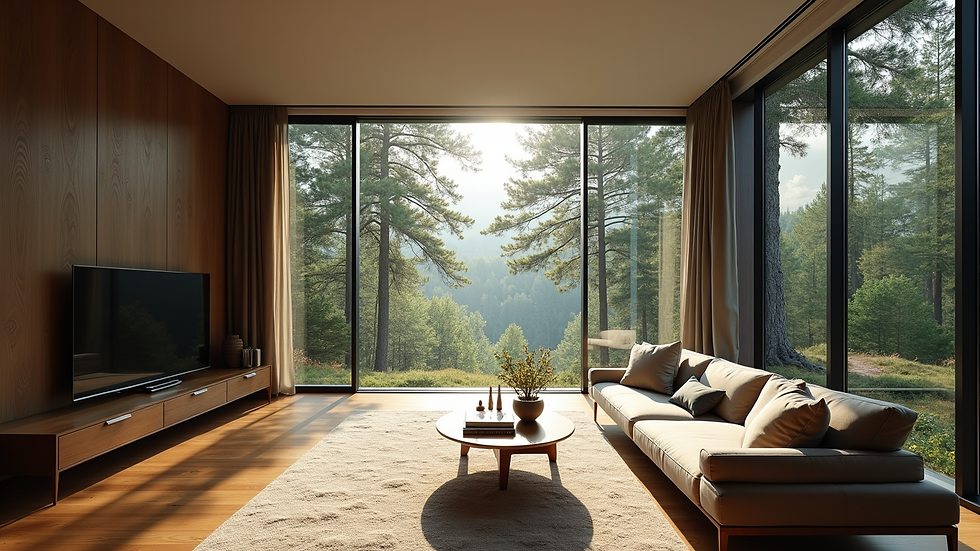5 Keys to Successful Design!
- Lori A. LaRochelle, asid, midc
- Jun 1, 2024
- 2 min read
Why you should completely design your project before talking with a contractor!
# Main Title: Design Planning for Home or Work
Introduction:
In today's fast-paced world, it's crucial to create spaces that not only look good but also function well. Designing your home or workspace, having a solid design plan in place can make all the difference. Let's dive into some key aspects of design planning for both home and work environments, with a focus on motivation as our guiding voice.
01 The Importance of Design Planning
Design planning is like setting the foundation for a building. It ensures that every detail is thought out and executed seamlessly.
- By taking the time to plan out your design, you can save time and avoid costly mistakes in the long run.
- Design planning provides a roadmap for your project, helping you stay organized and on track throughout the process.

Photo from Chief Architect
- Start by envisioning how you want your space to look and feel. What colors, textures, and styles resonate with you?
- Consider the functionality of the space. How will you use it on a daily basis? What elements are essential for your comfort and productivity?
- Get inspired by browsing design magazines, websites, or even taking a walk in nature. Let your creativity flow and think outside the box.
03 Research and Inspiration
Research different design styles and trends to find what speaks to you personally. Don't be afraid to mix and match elements from different styles to create a unique look.
Take inspiration from your favorite designers, artists, or even your travels. Incorporating personal touches can make your space feel truly yours.
Pinterest and Instagram are great platforms to explore and save design ideas. Create mood boards to visualize your design concept and make decisions easier.
04 Investing and Sourcing
Set a realistic budget for your design project and stick to it. Research different vendors and materials to find the best quality within your budget.
Consider DIY projects or upcycling furniture to save money and add a personal touch to your space.
Don't forget to leave some buffer in your budget for unexpected expenses or last-minute changes.
05 Execution and Adaptation
Once you have your design plan in place, it's time to execute it. Start with the foundational elements like paint, flooring, and furniture placement.
Be open to making adjustments along the way. Sometimes, a design idea may look different in reality than in your initial vision. Don't be afraid to adapt and pivot as needed.
Remember, design is a journey, not a destination. Be open to experimenting and evolving your space over time.
Conclusion:
Design planning is a crucial step in creating a space that truly reflects your personality and meets your needs. By following the guidelines outlined above and staying motivated throughout the process, you can transform your home or workspace into a place that inspires and energizes you every day. Start planning your design journey today and watch your space come to life! A good rule of thumb is to have your planning completed about 3 months before the construction is to begin.




Comments